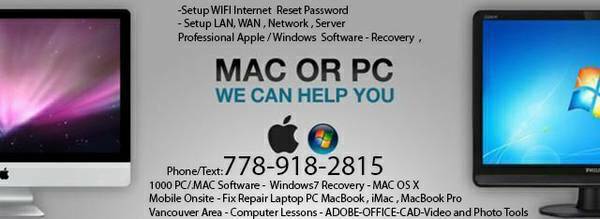
- #MAC PRO MID 2012 SATA CABLE MICROCENTER SERIAL#
- #MAC PRO MID 2012 SATA CABLE MICROCENTER DRIVER#
- #MAC PRO MID 2012 SATA CABLE MICROCENTER PRO#
- #MAC PRO MID 2012 SATA CABLE MICROCENTER MAC#
And it turns out my wife had a late-2011 model purchased in 2012.
#MAC PRO MID 2012 SATA CABLE MICROCENTER PRO#
At this point, we’ll never find out why, but we seem to have found something that works and that others had uncovered before us.Īddendum: Macworld reader Jeffrey pointed out with the original version of this article that a mid-2012 MacBook Pro had a SATA III controller. It’s possible something in the controller failed, that my wife received a faulty unit, or that there were a subset of models shipped that had a known problem.
#MAC PRO MID 2012 SATA CABLE MICROCENTER DRIVER#
(I since think Apple uses driver settings for hardware while in Recovery designed to maximize compatibility even at the expense of performance, and that has something to do with it.) I’d given up until my friend asked that question. When I upgraded my wife’s computer, it wouldn’t boot into macOS, but it would boot into Recovery on the same drive, which was doubly mystifying.
#MAC PRO MID 2012 SATA CABLE MICROCENTER MAC#
And although this model of Mac features a chipset designed to do handle SATA III, none of three different SATA III-only HDDs worked with it. This is surprisingly difficult to discover online, probably because there was a transition period in which computers shifted to SATA III and many drives were hybrid II/III drives that auto-sensed the controller type, could be set to II or III using “jumpers” (clips on a special area of the drive), or could have drive firmware flashed to II or III compatibility.Ī SATA III-only drive apparently doesn’t just not work with a SATA II controller, but tries to move data and fails intermittently. The late-2011 MacBook Pro supports SATA III-but Apple included only a SATA II hard drive (HDD), which may have been for cost reasons, but also should have been a clue.ĭrive controllers in a computer are backwards compatible, allowing a SATA III controller to work with a SATA II drive, while the reverse isn’t always the case. Each successive standard is backwards compatible with the previous one and they all use the same physical connector type. SATA I offered a maximum 1.5 gigabits per second (150 megabytes per second) transfer rates II doubled to 3Gbps (300MBps) and III doubled again to 6Gbps (600MBps). (Apple has replaced this with a PCIe bus in modern MacBook Pros.)
#MAC PRO MID 2012 SATA CABLE MICROCENTER SERIAL#
Until relatively recently and for many years, nearly all desktop and laptop computers used the Serial ATA (SATA) standard in version I, II, or III as the protocol for moving data to and from the computer to a disk drive. (If you can find a 4TB laptop drive that’s no higher than 9.5mm, you’re good.)īut I did find a number of people discussing an issue between 20 related to this and similar models: a drive-interface standard mismatch, despite seeming compatibility. I researched again to make sure there wasn’t a known controller flaw or limitation, and there wasn’t. I have reason to believe the SATA cable is bad.I tweeted about this frustration on my latest failure, and my friend Alanna asked: are you sure this laptop model can accept a 1TB drive? I was sure! Or so I thought. After a several hours of use, and restarting, the drive wasn't recognized. Upon booting with the original drive, everything booted fine. I've since decided to unseat the internal sata cable and reseat the cable. Again, I booted off a different drive and the original internal drive plugged in via SATA-USB, I am able to view the contents of the drive just fine (naturally backed up all my data as I assumed the disk is failing).Īny thoughts, tests, concepts, theories, are all very much welcomed and appreciated! I've basically tried everything I could think of, not sure why it's not booting the original hdd.

I tried resetting the NVRAM (command+option+P+R). Popped it into the internal SATA connection in the MBP to test perhaps a bad SATA cable, etc. Happened to have a second 2.5" internal hdd with OS X installed. Flashing question mark folder appeared again. Popped it back into the internal SATA connection in the MBP, and restarted the laptop (unplugged the external hdd). I ran a disk repair from Disk Utility, everything checked out, said it repaired a few errors, etc.

I popped the original hard drive out of the MBP, booted off the external drive to OS X, connected the original hard drive to a SATA-USB to the MBP, OS X could see it just fine. I opened disk utilities with the original hdd still inside the MBP, it wasn't listed in Disk Utility, couldn't find it in Terminal. I happened to have an external drive with OSX on it, booted to that external drive just fine. I booted it this morning to a flashing question mark folder.


 0 kommentar(er)
0 kommentar(er)
